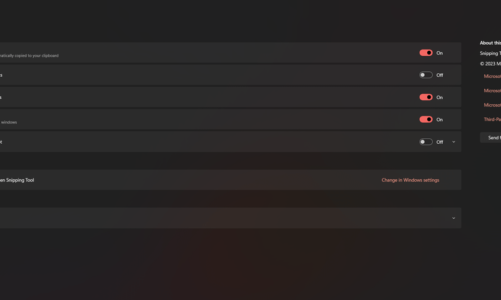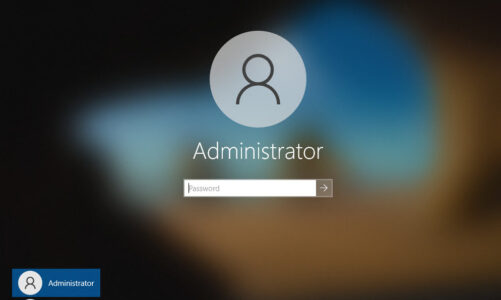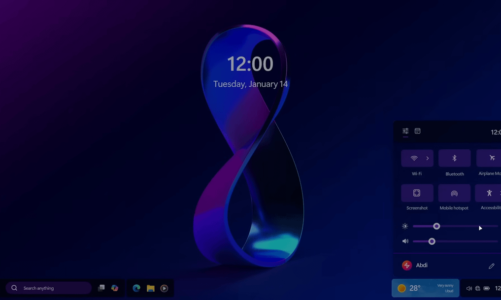Windows 11, draped in a cloak of glossy futurism, harbors a dissonance beneath its shimmering surface. Like a meticulously sculpted statue with a chipped toe, the operating system dazzles with innovation but stumbles on seemingly trivial details. And at the heart of this discord lies the enigmatic shrunken maximize button in dark mode – a symbol of a deeper design labyrinth waiting to be explored.
Windows 11 Maximize Button Anomaly in Dark Mode
Imagine the scene: you stretch your cursor towards the maximize button, eager to liberate your digital canvas. But instead of a confident click, you meet a hesitant tap on a shrunken icon, dwarfed by its minimize and close brethren. This isn’t a fleeting visual hiccup; it’s a persistent resident of the dark mode realm, a constant reminder that somewhere, a pixel-level miscalculation took place.
For months, this anomaly has been the digital equivalent of a buzzing gnat in a silent cathedral. Users, left to their own devices, have ventured into the forbidden territory of canary builds and virtual machines, hacking and tweaking in search of a fix. It’s a testament to the human spirit, this digital spelunking, but also a stark indictment of a design flaw left unaddressed.
The irony is thick here. Windows XP, once mocked for its theme-park aesthetic, now emerges as an unlikely hero. Whispers of a fix swirl around like digital campfire tales, suggesting a simple msstyles tweak might banish the shrunken button. It’s a poignant echo of an era when pixels were playgrounds, and users held the paintbrush. Yet, Microsoft, the modern maestro of this digital canvas, remains curiously silent, the fix dangling like a carrot before a frustrated user base.
But the UI hiccups don’t stop at the maximize button. Like unwelcome party guests, inconsistent button highlights and cramped taskbar spacing intrude, throwing the visual composition into disarray. It’s as if the design architects, in their pursuit of minimalist grandeur, forgot the foundational principle of harmonious spacing. The result is a digital rush hour, where pixels jostle for attention, creating a visual dissonance that grates on the user’s eye.
Windows 11, in its pursuit of sleek minimalism, seems to have forgotten the human element. The maximize button anomaly becomes a microcosm of this larger design labyrinth – a maze of inconsistencies and oversights that frustrate even the most dedicated user. It’s a reminder that aesthetics, while alluring, are not a substitute for usability.
So, where do we stand in this labyrinth of pixels? Users yearn for a swift resolution, a patch that restores visual harmony and banishes the shrunken button to the realm of software oddities. But more importantly, they yearn for a Microsoft that acknowledges these flaws, a design team that engages in open dialogue and embraces the power of iteration. Only then can the shimmering facade of Windows 11 truly reflect the brilliance that lies within.




